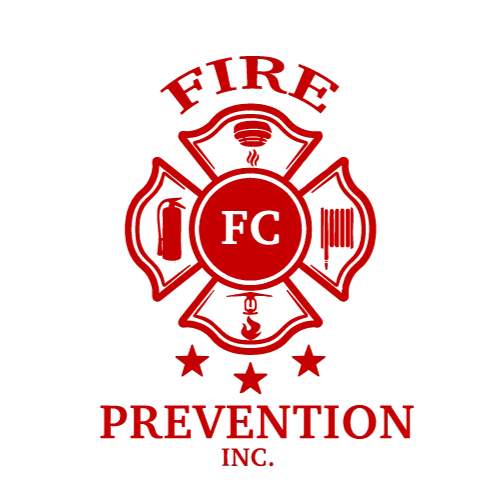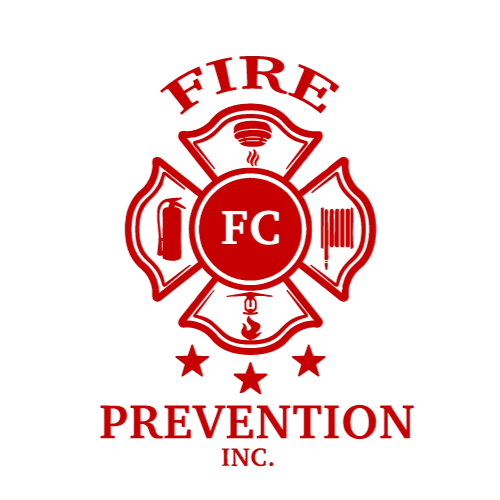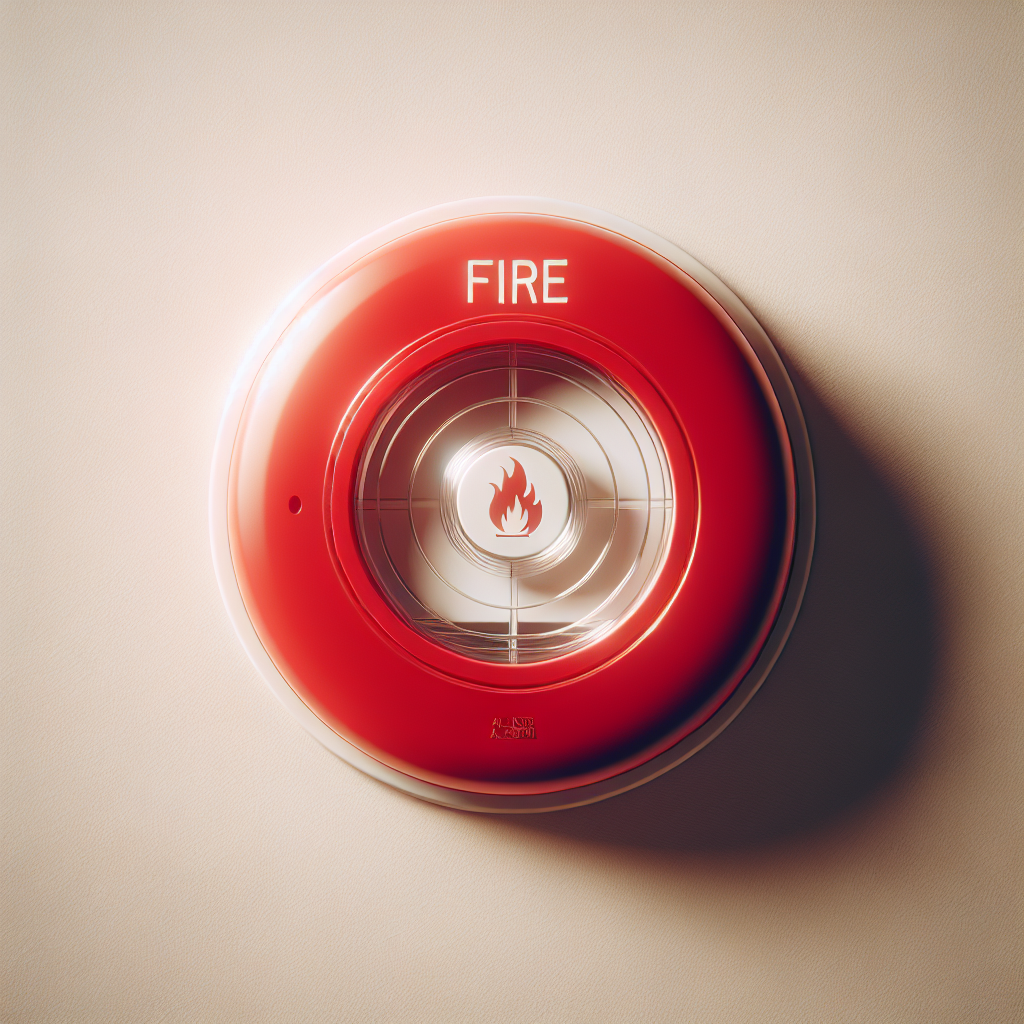Fire safety is a critical concern for every property owner. In Saskatoon, regular fire inspections are a key part of maintaining this safety.
These inspections ensure compliance with fire safety regulations. They also play a vital role in preventing fire-related incidents.
But how can you prepare for a fire inspection in Saskatoon? What steps should you take to ensure your property meets all the necessary standards?
This guide will provide you with a comprehensive checklist and actionable steps. It will help you prepare for a fire inspection, whether it’s for a commercial or residential property.
From fire extinguisher inspection to fire alarm checks, we’ve got you covered.

By the end of this guide, you’ll be well-equipped to navigate the fire inspection process in Saskatoon. You’ll understand the importance of these inspections and how they contribute to the safety of your property.
Understanding Fire Inspection Regulations in Saskatoon
In Saskatoon, fire inspection regulations are designed to safeguard lives and property. They outline specific safety standards that properties must meet. These regulations follow the National Fire Code of Canada and local bylaws.
Being familiar with these rules is crucial for compliance. Property owners should regularly consult these guidelines. Staying informed ensures that your building remains safe and up to code. Moreover, understanding these regulations can help you prepare effectively for inspections. By knowing what inspectors look for, you can address potential issues before they arise.
The Importance of Regular Fire Inspections
Regular fire inspections play a vital role in protecting both lives and property. These inspections help identify potential hazards that might go unnoticed. By addressing these risks early, you can prevent significant fire incidents.
Furthermore, regular inspections ensure compliance with safety codes. Staying up to date with inspections can also reduce liability for property owners. Plus, they often lead to improved fire safety measures over time. Consistent fire inspections contribute to peace of mind for everyone involved, from property managers to building occupants.
Finding Reputable Fire Inspection Services
Selecting trustworthy fire inspection services is crucial. Begin by researching local businesses in Saskatoon that specialize in fire safety. Look for companies with strong reputations and positive customer feedback.
Ensure the service provider has certified and trained staff. This guarantees a thorough and professional inspection. Verify that they are familiar with Saskatoon’s fire regulations and codes. A reliable service will also provide clear communication and detailed reports. Investing time in finding a reputable service can greatly enhance your building’s fire safety.
Fire Inspection Checklist: Your Step-by-Step Guide
A fire inspection checklist is crucial for keeping your building safe. It helps ensure compliance with fire safety regulations. Regular audits can prevent fire hazards and address potential risks.
Here’s a helpful checklist to guide your preparation:
- Ensure fire extinguishers are accessible and inspected.
- Test and maintain fire alarms and smoke detectors.
- Check emergency lighting and exit signage functionality.
- Store flammable materials safely, away from heat sources.
- Inspect electrical systems for compliance and safety.
Taking these steps can significantly enhance your building’s safety. This checklist aids in identifying and correcting potential issues. Proactive inspection can save lives and reduce property damage.
Fire Extinguisher Inspection
Regular fire extinguisher inspection ensures readiness in emergencies. Confirm that all extinguishers are easily accessible and fully charged. Check expiration dates to comply with safety standards.
Also, verify that the extinguishers suit your specific fire hazards. Regularly maintaining them minimizes risks and enhances safety. Training staff on proper use is also beneficial.
Fire Alarm and Smoke Detector Inspection
Fire alarms and smoke detectors must always function correctly. Regular testing ensures they alert occupants during a fire. Replace batteries as needed and clean devices to maintain sensitivity.
Ensure smoke detectors are installed in all necessary areas. Proper maintenance can significantly improve early fire detection. This simple action can prevent significant damage and save lives.
Emergency Lighting and Exit Signage
Emergency lighting and exit signs must be functional. Test them regularly to ensure visibility during power outages. Verify that signage points clearly to the nearest exits.
In case of an emergency, illuminated pathways are crucial. Well-marked exits help avoid panic and confusion. Regular checks enhance the ability of everyone to evacuate safely.
Flammable Material Storage and Electrical Systems
Storing flammable materials properly can prevent fire hazards. Keep flammable items away from heat and electrical sources. Utilize proper storage cabinets and ventilation for safety.
Ensure electrical systems are up to code. Avoid overloading circuits, which can lead to fires. Routine electrical inspections mitigate risk and ensure safety compliance.
Staff Training and Evacuation Procedures
Trained staff are pivotal in a fire emergency. Regular training can prepare them for quick, calm action. Conduct regular fire drills to improve responsiveness during actual events.
Evacuation procedures should be clearly communicated and practiced. Staff familiarity with these processes enhances overall safety. A prepared team can efficiently ensure everyone’s safety during emergencies.
Preparing for the Fire Inspector’s Arrival
Effective preparation is key for a smooth fire inspection. Start by reviewing your fire inspection checklist to ensure all items are covered. This proactive step helps identify any last-minute issues that could arise.
Maintain detailed documentation of all safety measures and previous inspections. Having organized records can facilitate the inspector’s review process. Clear communication with staff about the inspection day ensures everyone is ready and aware of their roles and responsibilities.
Common Violations and How to Address Them
Common fire inspection violations include blocked exits and outdated fire equipment. Regular checks can help avoid these issues and keep your premises compliant.
Corrective actions are often straightforward, like unblocking paths or updating extinguishers. Immediate attention to these fixes not only enhances safety but also demonstrates your commitment to compliance. Being proactive minimizes disruptions and ensures smoother future inspections.
After the Inspection: Addressing Issues and Follow-Up
Once the fire inspection is complete, act quickly on any issues identified. Addressing these findings promptly shows responsibility and a commitment to safety.
Schedule follow-up inspections to verify that all corrections meet safety standards. Regular reviews help maintain compliance and ensure that no issues re-emerge. Keeping thorough records of the actions taken is also vital for future reference and ongoing compliance. This proactive approach ensures a safer environment for everyone involved.
Conclusion: The Role of Fire Inspections in Safety and Compliance
Fire inspections are essential for safeguarding people and property in Saskatoon. They ensure all safety measures are current and functional.
Regular inspections promote ongoing safety and compliance with local regulations. By being proactive, property owners can prevent potential hazards and contribute to a safer community.



Comments are closed